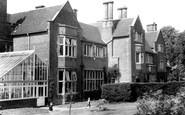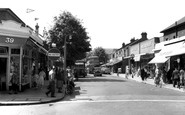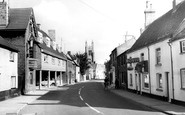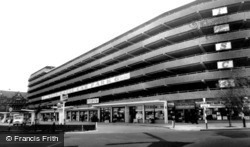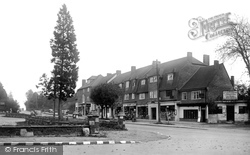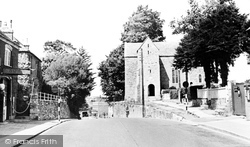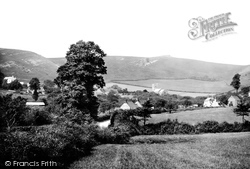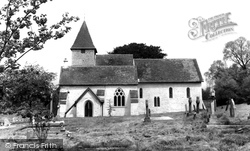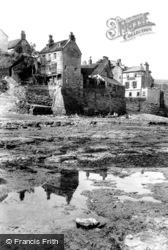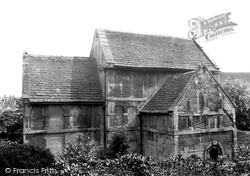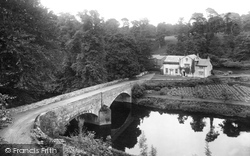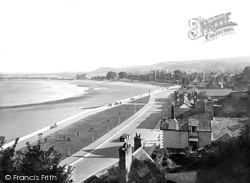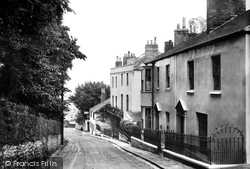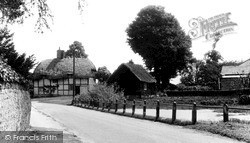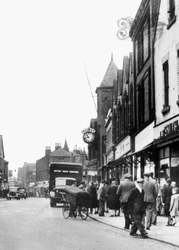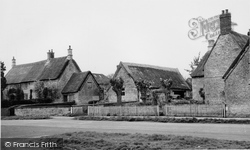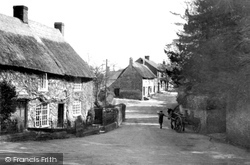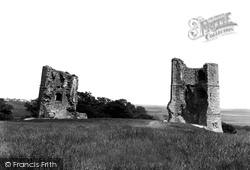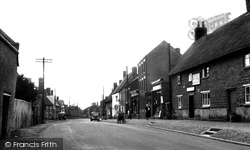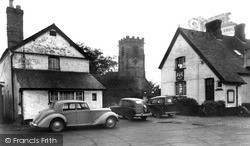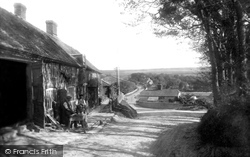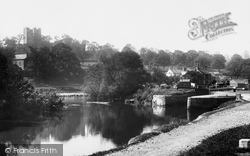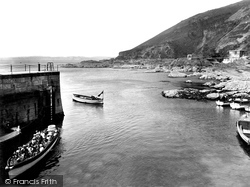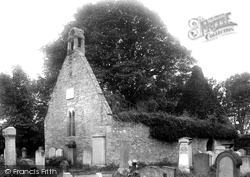Places
25 places found.
Those places high-lighted have photos. All locations may have maps, books and memories.
- East Wall, Republic of Ireland
- Pell Wall, Shropshire
- Wall, Northumberland
- Heddon-on-the-Wall, Northumberland
- Walls, Shetland Islands
- Wall, Cornwall
- Wall, Staffordshire
- East Wall, Shropshire
- Wall End, Kent
- Hobbs Wall, Avon
- Wall Bank, Shropshire
- Wall Nook, Durham
- Knowl Wall, Staffordshire
- Hazelton Walls, Fife
- Wall Mead, Avon
- Mid Walls, Shetland Islands
- Greetland Wall Nook, Yorkshire
- Aston le Walls, Northamptonshire
- Wall Heath, West Midlands
- Wall Hill, Greater Manchester
- Wall End, Cumbria (near Millom)
- Wall under Heywood, Shropshire
- Dale of Walls, Shetland Islands
- Bridge of Walls, Shetland Islands
- Hole-in-the Wall, Hereford & Worcester
Photos
516 photos found. Showing results 1,001 to 516.
Maps
172 maps found.
Books
Sorry, no books were found that related to your search.
Memories
1,989 memories found. Showing results 501 to 510.
Growing Up In Groeswen Happy Memories
I have fond memories of Groeswen. I was Estelle Davies who lived at Tir Treharne all my young life. We were a big family and poor but when I think back to the wonderful childhood and freedom we had, being ...Read more
A memory of Groeswen by
My Worst Nightmare As A Child
Yes, I was there around 56/59 ish. My last name was COAD, boy how I hated that name. Most of my memories of this place WAS HELL. The guy running this place was called Padbury, he was a God fearing mother, oh how I ...Read more
A memory of Glenfield in 1957 by
Middle Rainton Part 4
Pathways were made up of compressed dirt, West Street (facing West Rainton), Back Row (facing the Meadow’s Pit), Lewis Street running parallel with Back Row) and Cross Street running parallel with West Street). Krone ...Read more
A memory of Middle Rainton in 1940 by
Glyn Hall
We moved to Glyn Hall about 1942. My father and later, my mother worked at the ROF Glascoed. My sister Glenys has photographs of some of the social activities including a fancy ball. I doubt that there would be any external photos as ...Read more
A memory of Mamhilad in 1942 by
Auld Millfield
I was another Auld Millfielder, times were hard and nobody was well off but it was a happy place to grow up. I remember as a kid everyone under 18 playing cricket on the 'square' at the top of Millfield Crescent and using dustbin ...Read more
A memory of Newburn by
Ww2
When I was about 5 years old I remember my mum picking me up from Smallfield school on her bike, I was in the back on a little seat when a doodlebug roared overhead, and the engine switched off ... My mum panicked, and pushed me off the ...Read more
A memory of Smallfield in 1943 by
Post War Memory
Reading the other memories I remembered a group of us watching - oh what was his name - an artistic painter, doing up the Chocolate Box opposite the Chamberlayne Arms on the corner of Blenheim Road and High Street, and we watched ...Read more
A memory of Eastleigh in 1946 by
When L Was Little
Hello, I was born at Paxton Park in 1948. My mum was Sheila Shepherd, daughter of Lilian and Percy. Mum married Horace Hermitage who was stationed there, they married and went off to live in Kent but she came back to St Neots ...Read more
A memory of Eynesbury in 1960 by
The Local Dances And Playing Pool
In the mid 1950s to early 1960s there were local dance halls, one at Newburn which was down Station Road, take a left towards the bridge and it was just there on the left side opposite the level crossings near ...Read more
A memory of Newburn in 1955 by
A Close Call
In 1941, during the Second World War, and I was a page boy working at the Osborne Hotel. I always rode my cycle to work and back. I believe it was on a Sunday that I was pushing my cycle up the lane at the side of the Palace Hotel, I ...Read more
A memory of Torquay in 1942 by
Captions
1,668 captions found. Showing results 1,201 to 1,224.
It stood 82 ft high, was 65 ft in diameter, and the walls were 15 ft thick.
Multi-storey car parks are, like bungalows, notoriously difficult to design, but the tremendous horizontality of the protective concrete walls produces a dramatic, almost nautical response to a difficult
The shopping parade with flats over is unchanged, but the fir tree and the walls to the left have gone for road improvements.
Wareham St Martin's (right), standing on King Alfred's Town Walls, is Dorset's earliest complete church. Anglo-Saxon arcading was replaced by Norman arches in the 12th century.
Their character is very different from the Quantocks or Exmoor; here, sheep scratch an existence from the poor limestone soils, and the fields are divided by dry stone walls.
The chancel, with its priest's doorway and wall paintings, is early 13th-century and the fine chancel screen dates from around 1500.
For decades, just as in this picture, people have sunned themselves along the sea wall. The Bay Hotel is on the right.
The outside walls have three horizontal tiers and gables in the nave and chancel.
In this typically well-wooded river scene, we can see lavish use of stone in walls and bridge that could stand for centuries.
A promenade walk had been established along the street in the 1880s, when some of the gardens were removed.
We look eastwards from the bushes and wall of The Grove (left). This large Victorian villa was destroyed by fire in 1952, which enabled widening of the street.
This view shows the spot where the south lane curves north to meet the main through east-west lane; the wall to the left to Aldsworth is now reduced in height by half.
The clock above the Market Hall (centre) was a favourite rendezvous point for many courting couples on their way to the theatre and cinemas.
Until 1928, when it was burnt down, the Hall stood at the east end of the village.
Beyond, the trees and walls have made way for a wider road.
Rectory Lane used to be called Duck Street. The water-carter (right) has just drawn water from the spout and trough recessed in the wall (far right).
This photograph shows the ruins of the two towers at the east end of the curtain wall, the remains of which still stand three storeys high. Hadleigh was a favourite residence of Edward III.
Framlingham, built 1190-1210, is amongst the earliest castles in England to be constructed with a fortified curtain wall.
Behind the wall to the left was the Baptist Chapel of 1796, demolished in 1967.
Notice the arms displayed between the windows - they have now been moved to the top of the gable wall.
The yoke hung on the front wall was used for draught animals, most probably oxen.A tall white flagpole stands in the garden.
By the mid-16th century the castle was semi-derelict: a long stretch of curtain wall had collapsed and at least one floor of the keep had fallen in.The fortress was in such poor condition that it was
The passengers' sense of quiet contentment is almost tangible as this packed pleasure boat rounds the harbour wall, and heads for the disembarkation point, having cut safely inside the outward-bound
Burns's father, who had repaired the kirk wall to keep the sheep at bay, is buried in the churchyard.
Places (25)
Photos (516)
Memories (1989)
Books (0)
Maps (172)

